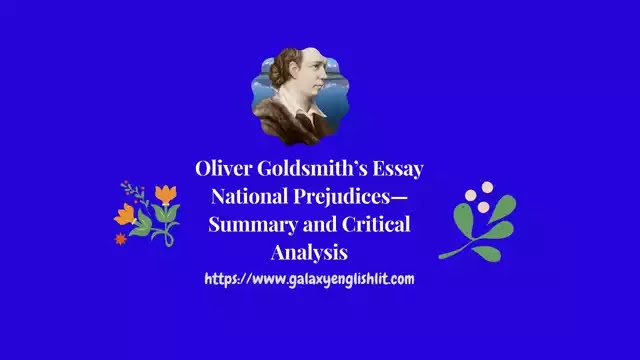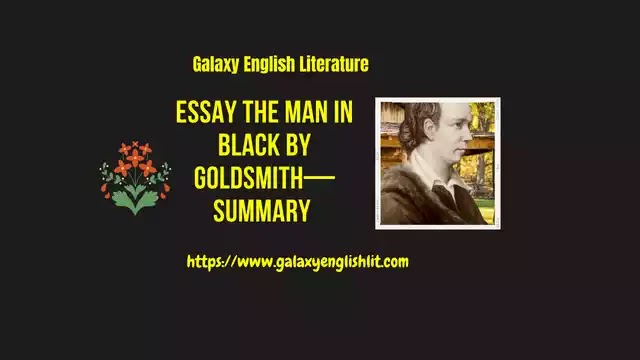Introduction:
Larkin's forte lies in his deft use of images, symbols and epithets though his poetry is noted for its plainness. He culls his images symbols from diverse sources like Nature, time, sex, death and personal experiences in order to build an atmosphere or to heighten the poetic affect with their thematic relevance and functional character. Sex imagery is brought into play by words like “privates” (If Mr. Darling), “the wonderful" of girls (Reasons for Attendance), “A tuberous cock and balls” (Sunny Prestatyn) which is shockingly outspoken. In the same poem, his reference to a knife stabbing right through the moustached lips of her smile, betrays the adolescent sexual passion and its vicarious satisfaction or substitute gratification through violent disfiguring of the poster girl.
 |
| Use of Imagery in Philip Larkin’s Poetry |
Nature Image in Larkin Poetry:
In the poem Trees, Larkin imbues Nature with a moralising power. The trees, with their renewal every year, instil in man the hope of his immortality. The greenery of Nature does not promise eternal youth or revival on man's part but reminds him of the futility of his emulation of Nature. The image of ‘Trees’ has ambivalent significance implying man's hope and the concomitant despair that sours it. Larkin dwells on the intrusion of Nature into urban areas and its consequences as evidenced by the polluted slow - moving canals with industrial froth. In the poem Whitsun Weddings, he compares the postal districts to squares of wheat. The image ‘squares’ and the metaphorical expression ‘packed’ emphasise the rigidity of the postal districts. A notable poem breathing a kindered spirit of joy is Wedding Wind in which the waking bride is thrilled with joy at the sight of the landscape. She invests the wind with her joyful feelings. The scrutiny of Coming leads us naturally to the consideration of nature image in Larkin's poetry.
Imagery of Time and Death:
The poem Days deals with time and death. The poem is not concerned with day - to - day activities which are generally the province of Larkin. It seems to aim at a plain, timeless quality. The poet says that the days are not something inseparable from us. They are the warp and woof of our existence. Our life can be commuted only on the basis of the days. It is our daily inevitable experience that we wake up with the dawn of the day and commence our routine; we can live only in the time and within its bounds. In the poem Aubades, Larkin speaks of unresting death drawing nearer to him every day. In Triple Time, he seems to lament how we missed many opportunities. In An Arundel Tomb, the images of snow, light and ‘a litter of bird – calls’ denote the passing of time. The poem Cemetery is an image denoting death. The poem Wants expresses the poet's death wish with the assertion that all our social involvements cannot prevents us from coming to terms with death and our desire for it. In the poem Next Please, the image of ship has represented a great deal of hopes and promises for the future, suddenly assumes a sinister, macabre significance, symbolising death with the vast expanse.
Mystical Sense of Imagery:
The images used in the stanza of the poem The Whitsun Weddings suggest the poet transported into transcendental imaginative world, released from the mundane circumambience. Terry Whalen observes that the poet moves off to a plane which is associated with the poetry of vision. The images of travel like “we raced across, frail / Travelling coincidence” and “slowed again” which capture the feelings of anxiety, hope and pathos, are suddenly supplanted by the image of “an arrow shower somewhere becoming rain” which produces a vague sense of mystery. Arrows of conflict become — perhaps via association with Blake's arrows of desire— Cupid's arrows, and during the process of transformation, Larkin is lifted into a world of imaginative fulfilment.
Inclination to the Modern Doctrine:
The poem No Road speaks of the inevitable separation between the lovers. The image of the road which runs between them implies an inseparable barrier. Other images which cluster around the nucleus of the road, that reinforce the effect of alienation are the “bricked gates”, “planted trees to screen them”, “time's eroding agents”, “silence” and “space”. Here Larkin seems to have pronounced leaning towards the modern doctrine that a poem is an image made up of images. In the poem Dockery and Son, the image of the locked door which greeted the speaker on his return to his old room suggests his status as a stranger and the unbridgeable gap between him and past. In Deceptions, the image of the stair suggests the poet's dilemma, his uncertainty as to who is more deceived, the girl or the rapist. Another kind of ambiguity lies in his doubt as to whether he would have been of any use to the victim, if he had not been separated by distance and time. The attic image expresses the man's delusions.





